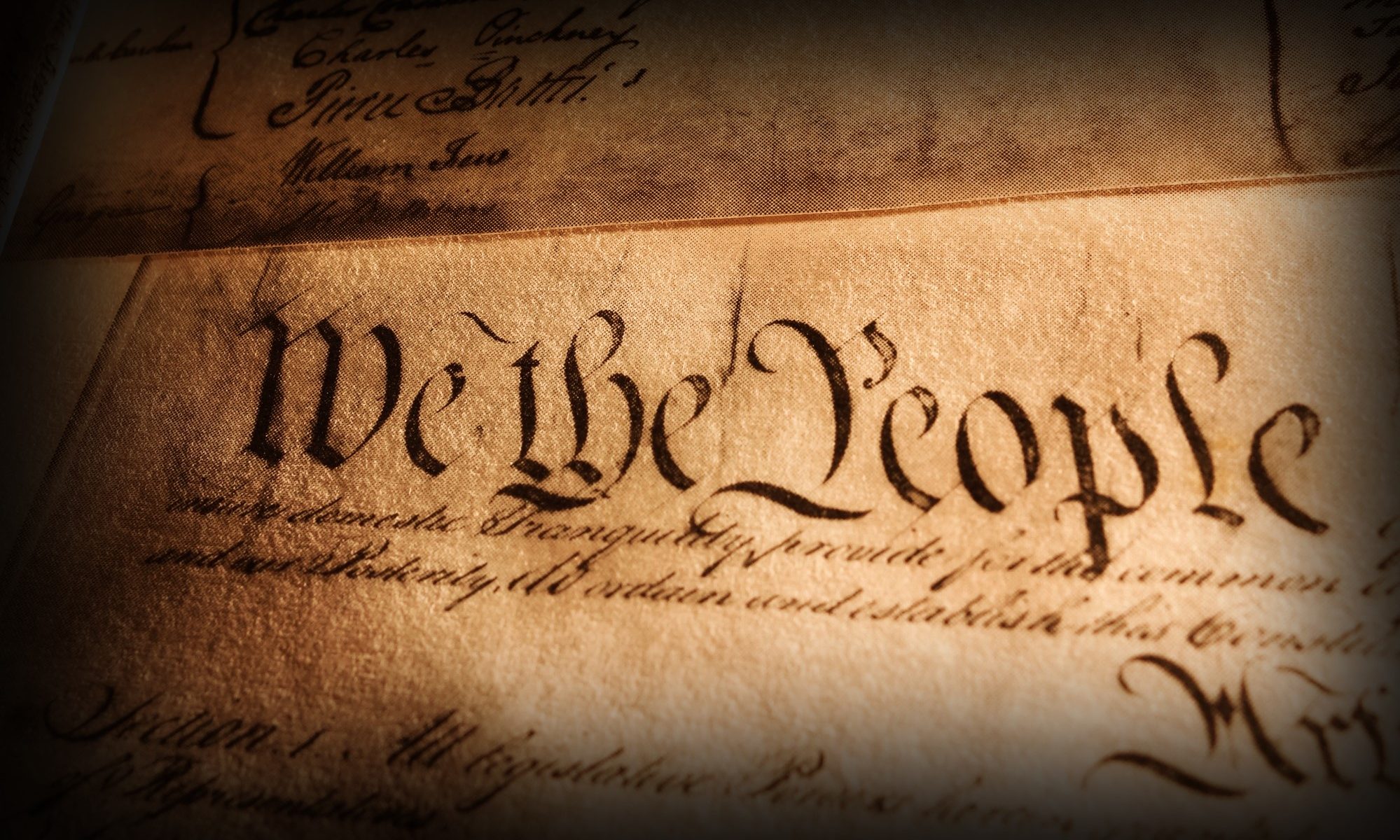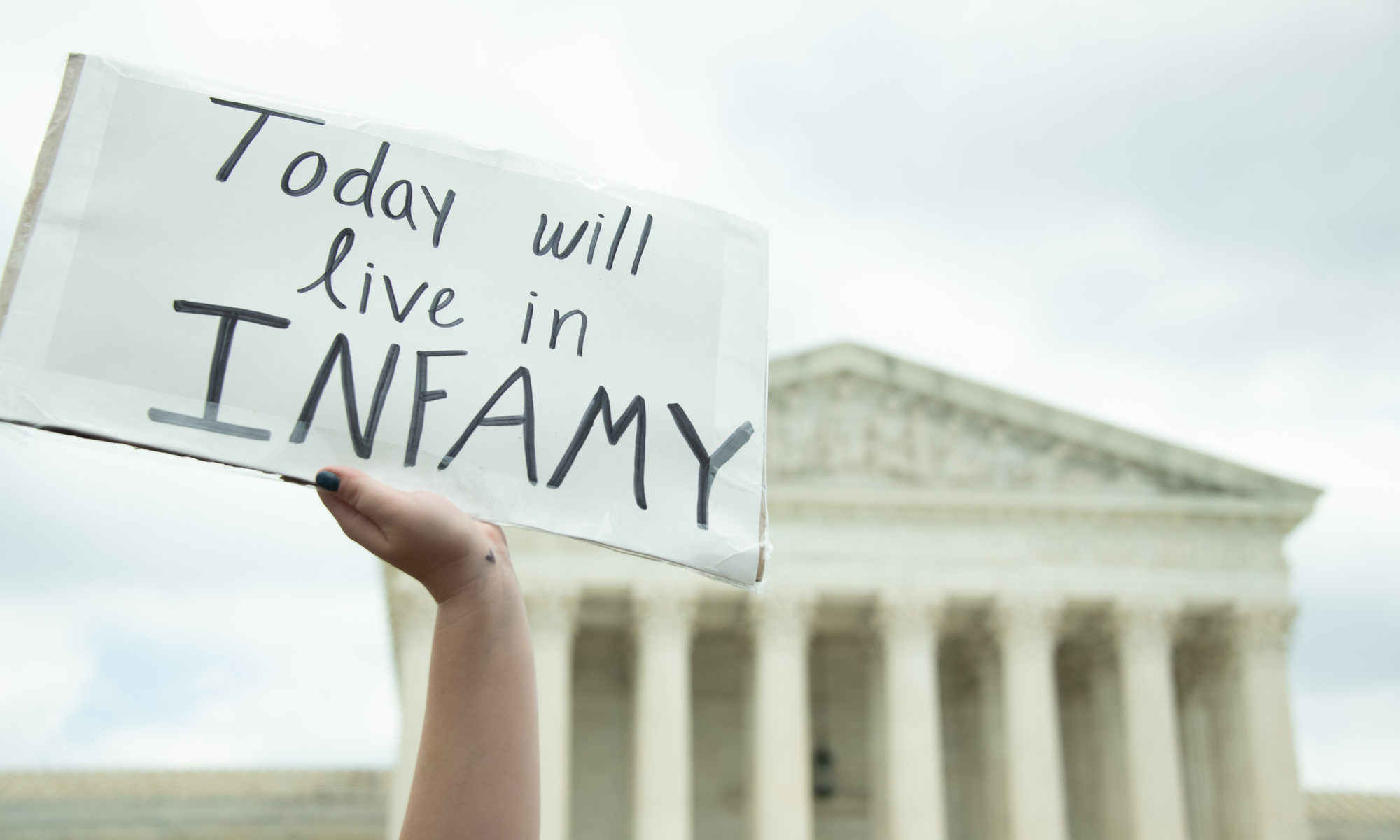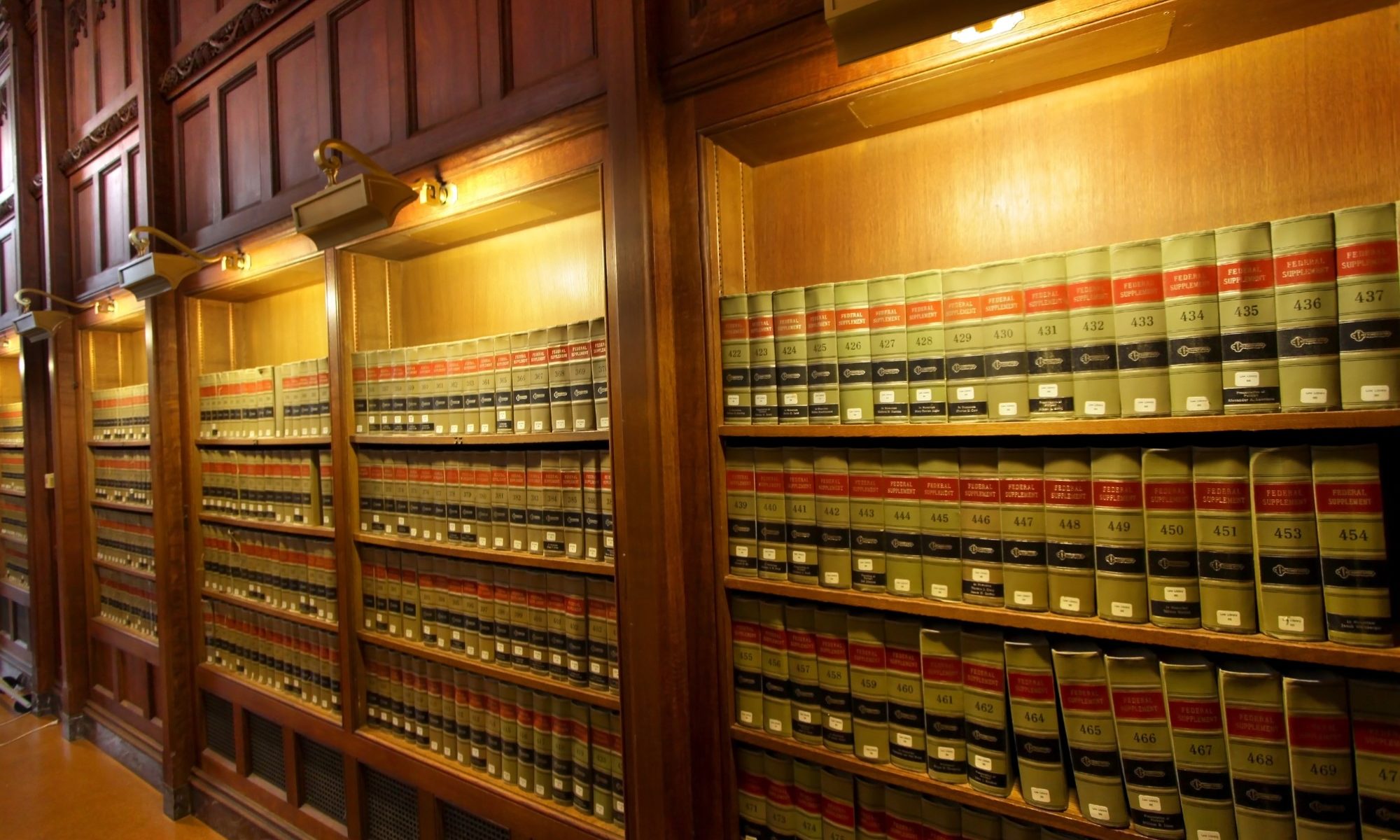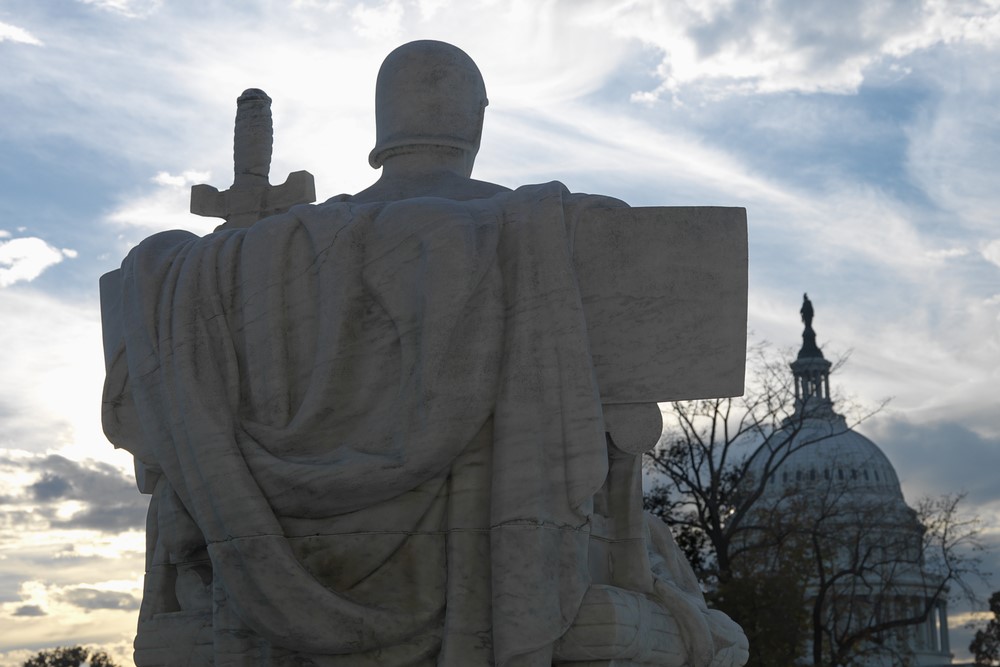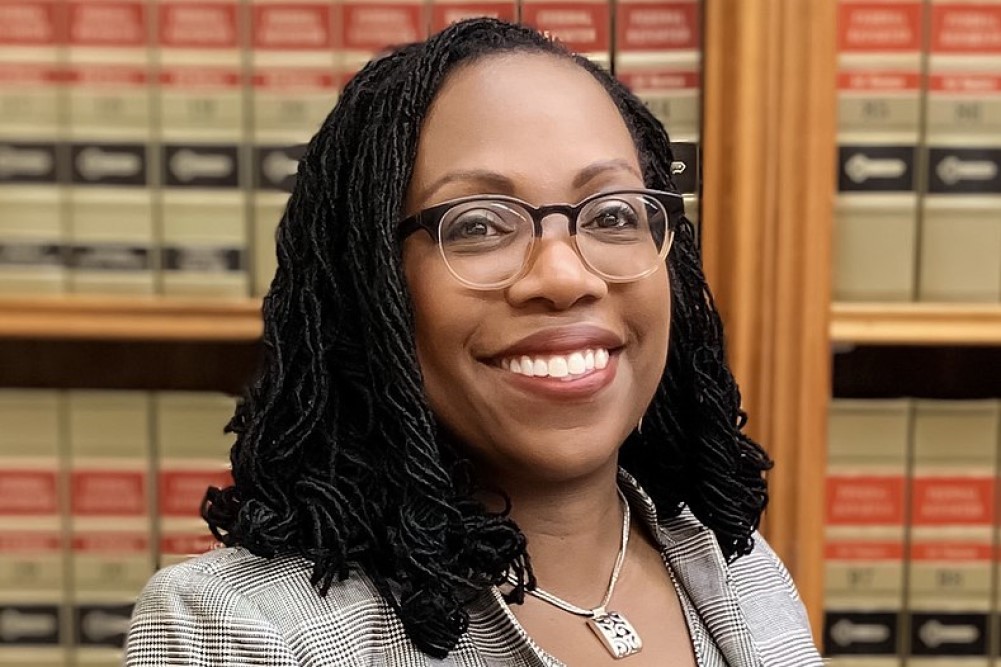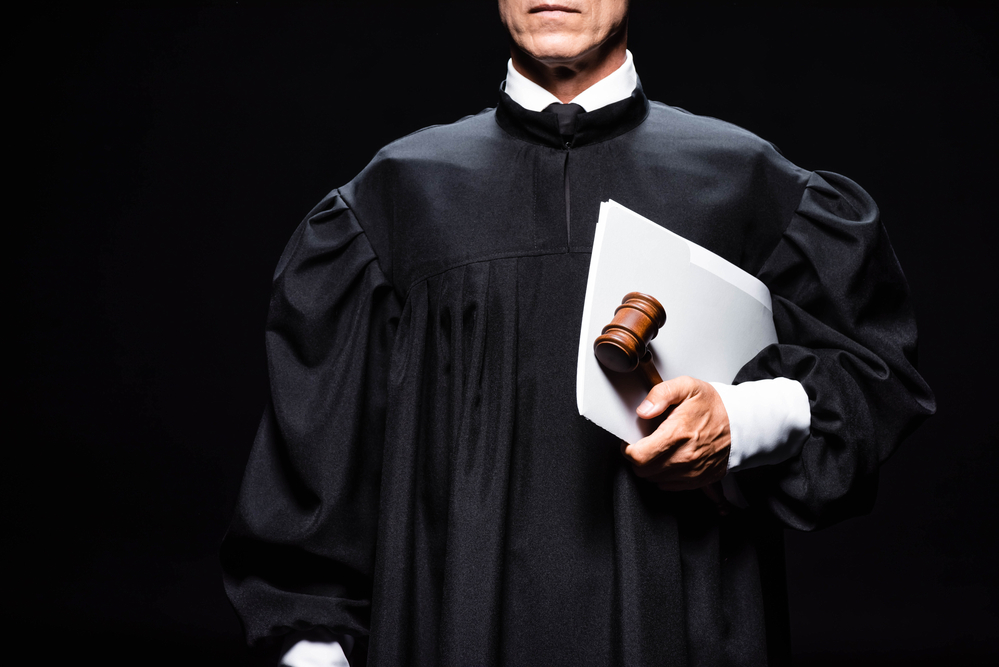David French’s brief column responding to a New York Times interview of retired Supreme Court Justice Stephen Breyer illustrates beautifully the bind that originalists – those who believe that constitutional provisions ought to be interpreted according to how they were understood by the people who enacted them – have put themselves in. French, a conservative pundit and former lawyer, admirably owns up to the fact that, because American history is “deeply confused,” originalism enables judges to pick and choose the “particular strand of history he or she prefers and then import personal preferences into what is supposed to be an objective analysis of meaning.” While he does not put it this way, French is in effect accusing originalists of intellectual dishonesty or hypocrisy: they profess to be interpreting the Constitution pursuant to “original meaning,” but in fact they often surreptitiously apply other, non-originalist criteria to select among multiple historical meanings.
But French stubbornly cleaves to the line that the “judiciary’s role is to interpret the law, not to change the law.” Thus, French seems to find himself without any tools for interpreting the Constitution: history is too complicated for judges and too susceptible to intellectual hypocrisy, but judges must not “make law” by interpreting the Constitution in accordance with their values and other “subjective determinations.”
As I will show, on the one hand, and contra French, there is a way for originalism to be intellectually respectable — but it probably is not palatable to most originalists. On the other hand, the originalists’ insistence that judges do not make law is simply untenable, and ironically, quite contrary to the history and tradition of American constitutional jurisprudence.
Before suggesting how originalism can avoid hypocrisy, I would like to expand briefly on French’s critique of originalism. Undoubtedly, when interpreting the law, the text matters a great deal. When the meaning of the text is clear and unambiguous, that is often the end of the inquiry. For example, there is no doubt that Article II of the Constitution sets an age limit of 35 for any U.S. President. The text is clear, and no “living constitutionalist” believes that “the Age of thirty five Years” ought to mean anything other than 35 years old. You might say that practically everyone agrees that the “plain meaning” criterion of interpretation gets lexical priority over other tools of constitutional construction: if a provision has a plain meaning, then the plain meaning controls.
However, there are many clauses of the Constitution that do not have a plain, unambiguous meaning. Moreover, these tend to be among the most important clauses. For example, what does the Fourteenth Amendment mean when it prohibits the States from depriving any person of “life, liberty, or property” without “due process of law”? The originalist answers that it means whatever people understood it to mean when it was ratified in 1868.
The trouble with this answer is that oftentimes the historical record either lacks suitably detailed discussions of a given constitutional provision, or it contains multiple, diametrically opposed interpretations, each of which had some currency among those who enacted the provision.
The former situation can happen when framers or ratifiers deliberately leave the meaning of a provision ambiguous to maximize the chances of finding favor with different constituencies. The latter situation is what French means when he says that American history is often “confused.” Since the originalist believes that the original meaning is the only legitimate criterion of constitutional interpretation, such situations leave originalists in the position of having to pick and choose among original meanings, or inventing them. At that point, the only criteria of interpretive choice available to them are criteria that have no place in their interpretive theory. And this leads to intellectual dishonesty where, for example, originalists purport to find that one strand of historical interpretation is the “mainstream view” while the others are “outliers” or “anomalies,” when in fact they have chosen that strand based on their own policy preferences, moral values, or political philosophy.
There is a way for originalists to avoid intellectual dishonesty, however: embrace radical judicial restraint. So, whenever the historical record contains multiple interpretations of the provision at issue or, alternatively, is too sparse to determine a unique meaning, the originalist should simply refrain from the task of interpretation and leave it to Congress to sort out the mess through the amendment process. This approach would certainly lighten the federal judiciary’s workload. I suspect it would also make the Constitution essentially a dead letter.
But surely, French is right that allowing judges to make “invariably subjective determinations” about the practical consequences of their rulings and the way that society’s values evolve in interpreting the Constitution would subvert democracy itself because “it is the democratically elected branches of government that are responsible for that evolution, not the judiciary.” Well, this would come as news to the Founders. Reading judicial opinions that interpret the Constitution from the Early Republic period, one is struck above all by their repeated and unabashed invocations of principles of natural law and political philosophy to guide their interpretation of America’s fundamental law. As far as I am aware, none of the Founders or ratifiers — categories which included, in some cases, the judges themselves — ever took issue with this interpretive method, although they may have disagreed violently about the particular principles at play.
But that argument is no more than an appeal to tradition. The better answer to French’s concern is that, if the judiciary’s “lawmaking” role has been sanctioned by a Constitution duly ratified by the people, then that role cannot be un- or anti-democratic — at least not by the lights of the polity created by that particular Constitution, which sets forth the conditions of democratic legitimacy in that polity. Ironically, as I indicated above, there is every reason to think that the Constitution’s drafters and ratifiers authorized the judiciary to use tools of constitutional interpretation other than, and in addition to, original meaning. In other words, we should believe that the Constitution as understood by those who enacted it gave judges the authority to make just the sorts of subjective determinations of which French disapproves. Of course, one might ask why what the “people” decided the judiciary should do in 1787 is entitled to such deference. But this is no more than an application of the so-called “dead hand problem,” and not a special problem for the jurisprudential approach I am proposing here.
French’s column is almost poignant in capturing something akin to the transition of a religious person from unclouded faith to reluctant and guarded skepticism. I would argue that his reasons for reluctance are misguided: there is nothing contrary to conservatism in the view that judges should make value judgments and other “subjective” determinations. Actually, that view is entirely consistent with history and tradition.

